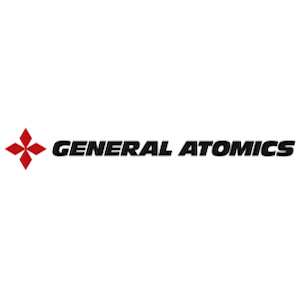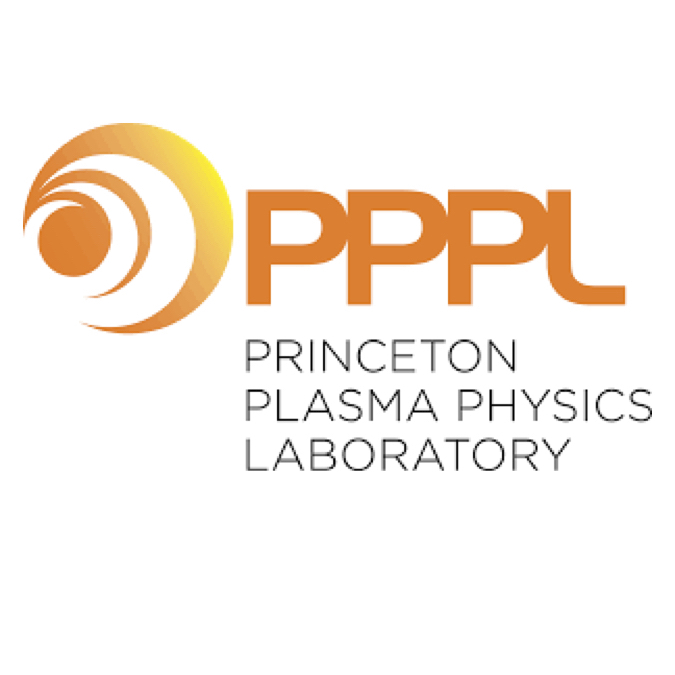Optimization of Parameterized Transport Models in COTSIM
E. Schuster, A. Pajares, S. Morosohk, V. Graber, Z. Wang
47th European Physical Society (EPS) Conference on Plasma Physics (CPP)
Virtual Meeting, June 21-25, 2021
|
Abstract
|

|
COTSIM (Control Oriented Transport SIMulator) is a 1D transport code based on Matlab/Simulink,
which makes it control-design friendly. It assumes a prescribed MHD equilibrium
although coupling with a Grad-Shafranov solver is expected to become available in the future.
It has a modular configuration, which makes adding or removing physics complexity extremely
simple. This enables a speed-accuracy trade-off. COTSIM is capable of running off-line fast
simulations, which makes it suitable for effective iterative control design. This includes the
capabilities of testing control algorithms in closed-loop simulations and carrying out scenario
planning by model-based optimization. Moreover, COTSIM is capable of providing real-time
and faster-than-real-time predictions, which makes it suitable for real-time control applications
such as feedback control, state estimation, state forecasting. and real-time optimization.
In this work, COTSIM is wrapped by an external optimizer in order to tailor parameterized
transport models such as the Bohm/gyro-Bohm [1] and Coppi-Tang [2] models to device-specific
experimental scenarios. The optimizer adjusts the family of transport-model parameters in
order to minimize a cost function subject to constraints. This cost function is defined as
a measure of the mismatch between the experimental plasma state and the COTSIM-predicted
state based on the associated experimental input. The optimization problem is solved by
sequential quadratic programming (SQP), which is predicated on determining a local minimizer
of the original nonlinear program by iteratively solving a sequence of approximated quadratic
programs. The approach will be illustrated by using DIII-D experimental data to enhance
prediction of internal profile dynamics.
[1] M. Erba et al., "Validation of a new mixed Bohm/gyro-Bohm model
for electron and ion heat transport against the ITER, Tore Supra and START
database discharges," Nuclear Fusion, vol. 38, no. 7 (1998).
[2] S. Jardin, M. Bell, and N. Pomphrey, "TSC simulation of ohmic
discharges in TFTR," Nuclear Fusion, vol. 33, no. 3 (1993).








